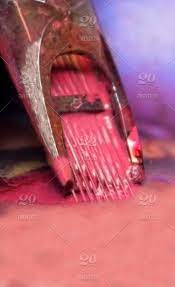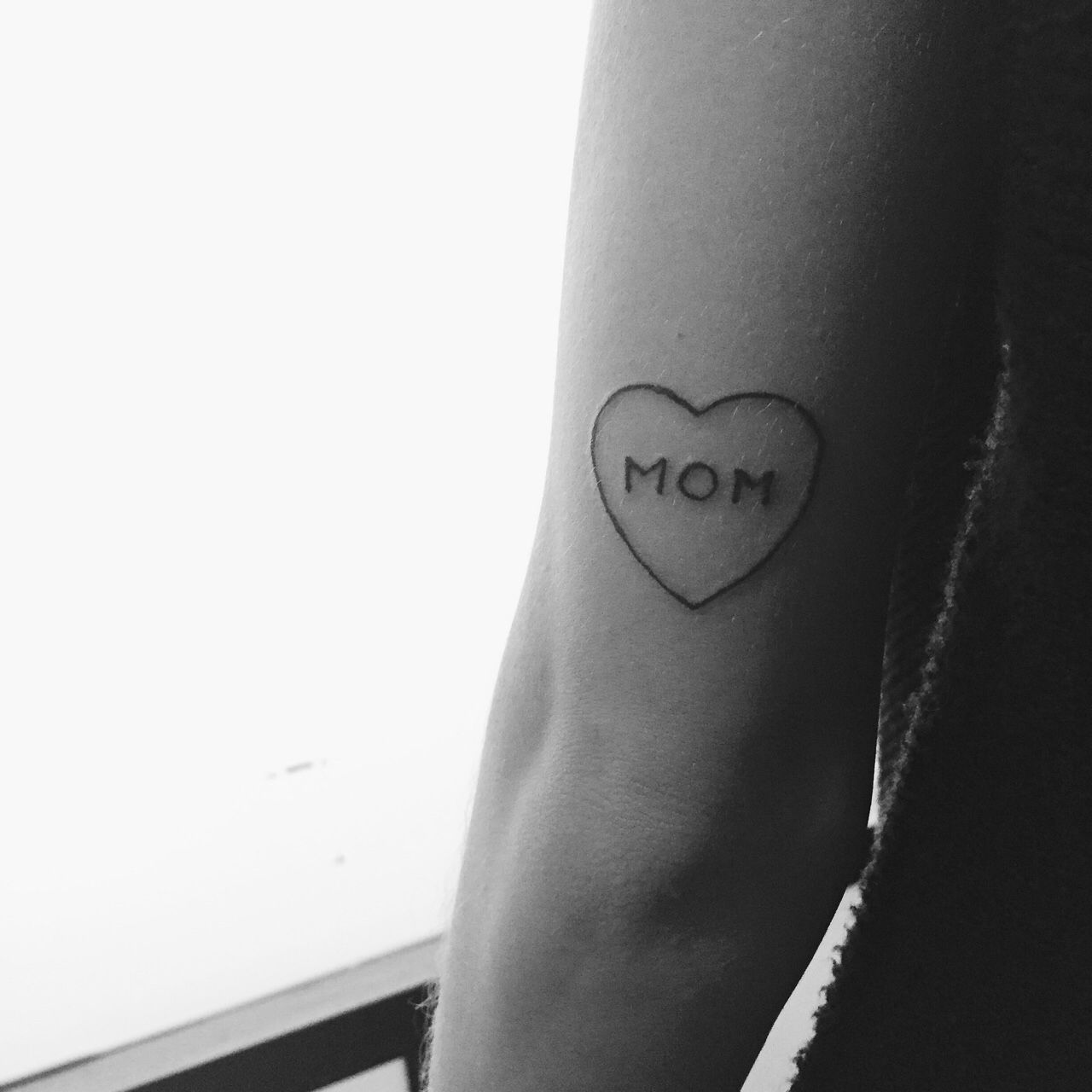
Tattoo needles puncture through the epidermis, an outer layer that constantly regenerates itself about 100 times per second, to inject ink into the dermis, an inner layer with nerves and blood vessels that continually renew itself.
Tattoo needles come in all shapes, sizes, and gauges (needle pin counts). Some have textured or smooth ends, while some can be stacked together for tighter shading and coloring applications.
The Epidermis
The epidermis is the outermost layer of skin. Its function is to protect its underlying layers from physical damage, pathogens, dehydration, and UV radiation. The top cells in this layer (stratum corneum) have been keratinized to provide a rigid, impermeable surface; tattoo needles pierce this barrier, allowing tattoo ink into your body.
If the needle penetrates too deeply into this layer, the resulting tattoo could be painful or “blow out,” meaning that its effects would gradually fade over three weeks as epidermal cells shed and new ones replaced them. Furthermore, the ink would quickly disintegrate.
An epidermis contains blood vessels, making getting a tattoo cause bleeding. In response, immune cells known as macrophages flock to the injury site to engulf and remove damaged tissue and foreign ink particles by binding to molecules found within pigment and then carrying them away.
The Dermis
Tattoo needles penetrate the epidermis and then drive further into the dermis, an area dense with nerve endings and blood vessels, inducing pain during application but helping ensure that a lasting tattoo won’t come off during healing as scabs or flake-offs.
The tattoo needle settles into the dermis, creating a hole approximately 2mm deep. This depth provides ample room for delivering ink but won’t open up the dermis-epidermal junction – where the epidermis meets the dermis – too far.
Tattoo machines feature finely adjustable tips, ensuring their needle enters the skin at precisely this depth. They enable skilled tattoo artists to create beautiful, long-lasting Tattoos while minimizing the risk of infection or “tattoo blowout,” in which ink moves freely within fat layers, distorting their shapes.
The Subcutaneous Tissue
Tattoo machine needles penetrate your skin at an exact distance to minimize pain and ensure that ink stays permanent. Their depth also ensures they avoid sweat glands, hair follicles, connective tissue fat cells, and blood vessels in their path.
Subcutaneous tissue is loose, fibrous tissue that connects it to the fascia (the tough muscle that wraps around muscles) beneath the dermis. This layer stores fat helps regulate temperature, protects deeper tissues from trauma, and absorbs shockwaves.
Ines Schreiver and her team conducted a scanning electron microscopy study that demonstrated that tattoo needles deposit metal particles into subcutaneous tissues during tattooing, where they are then taken up by phagocytes for transportation to lymph nodes, where they trigger allergic responses in immune systems containing nickel and chromium metals – hence some people experiencing rashes, itching or redness as a result of having received one.
The Fibroblasts
Fibroblasts are cells that make up the basic framework for our tissues and organs. Their wide variety of morphologies gives them remarkable plasticity and allows them to quickly adapt to their surrounding environments.
Once ink passes through the epidermis and makes its way to the dermis, it is captured there by macrophages and fibroblasts forming a partition to stop it from spreading further through your tissues and ensure your tattoo looks its best.
Fibroblasts also help prevent your immune system from attacking the ink, which could otherwise cause it to bleed or fade away. Your body recognizes it as an invader and has special cells dedicated to eliminating it – this leads to scabs and other signs of healing you see on your skin.

